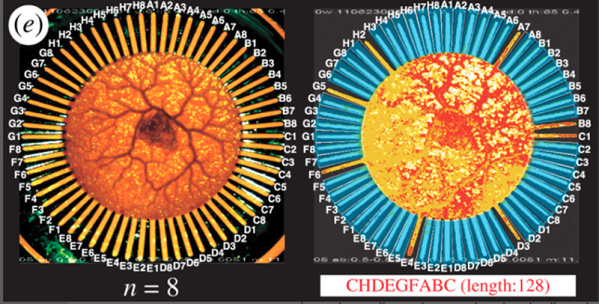It is a staple of science fiction to see a brain in a jar or other container, maybe used as some sort of computer device. You are probably imagining a brain-powered supercomputer with a room full of humans with electrodes in their heads, or maybe some other primate. The reality though is it might be just a small dish full of single-celled amoeba.
Researchers from China and Japan have successfully made a lowly amoeba solve the traveling salesman problem for 8 cities. We’ll be honest. We don’t totally understand the value to it over traditional methods, but it does prove that you can compute with organic matter. This isn’t just any amoeba, though. It is a particular kind, Physarum polycephalum, that has an unusual property — it can shapeshift, at least to a limited degree. The tiny creature is just like us in that it tries to get things it likes and avoid things it doesn’t like. It likes food, but it doesn’t like light.
Provide food, and the tiny creature will spread out. Shine light on it, and it will retract. That’s the property used to solve the thorny problem, but before we look at how that works it helps to understand the problem it is trying to solve.













